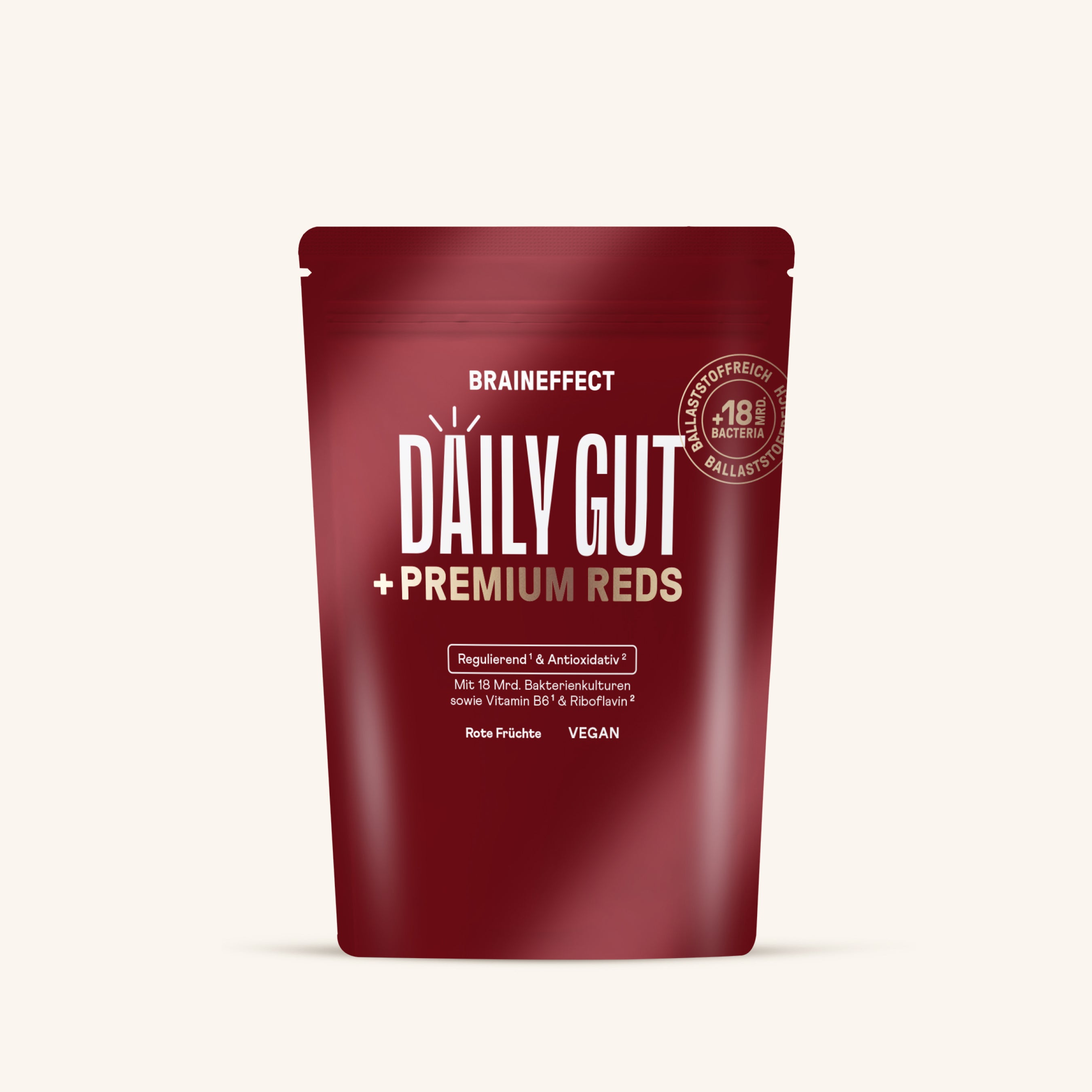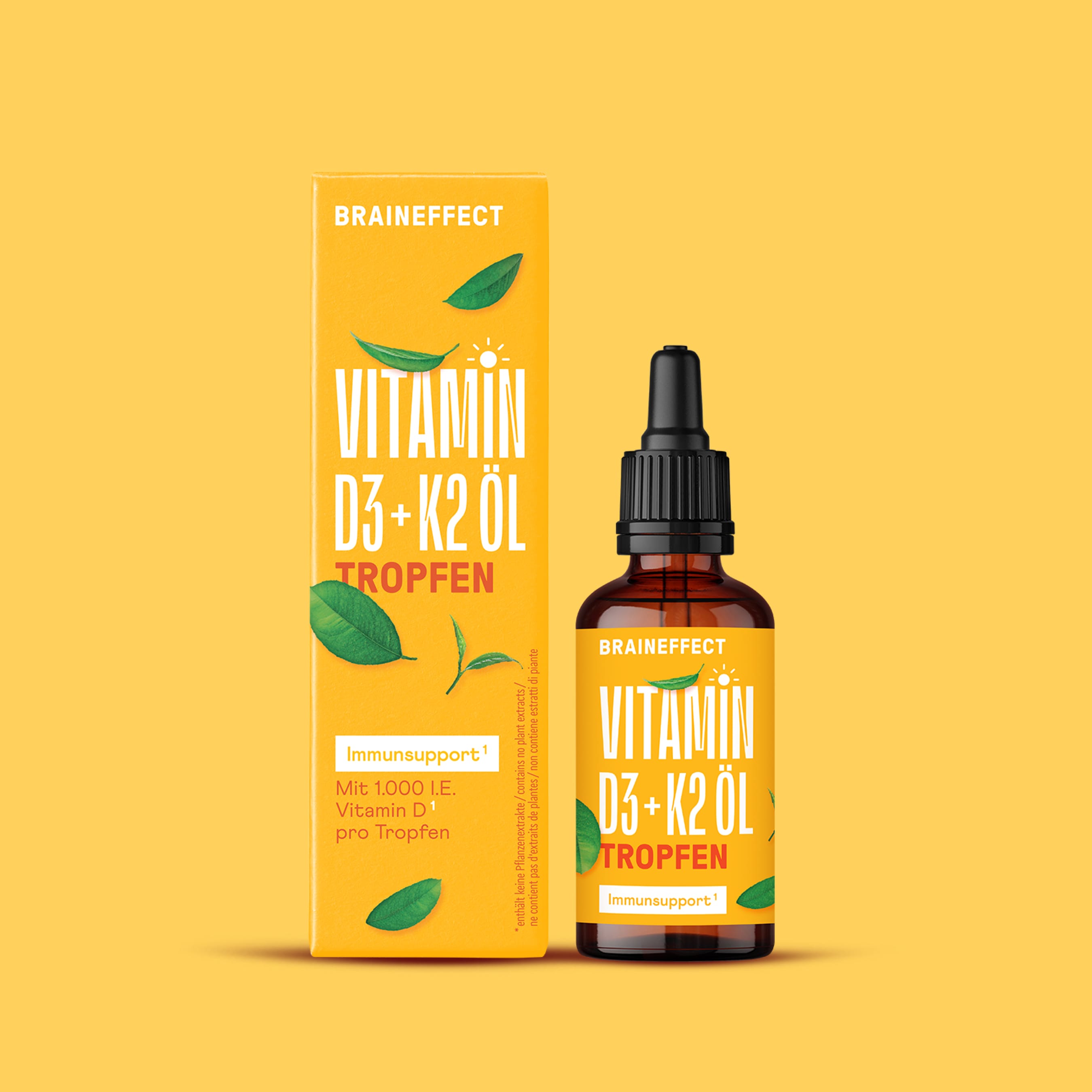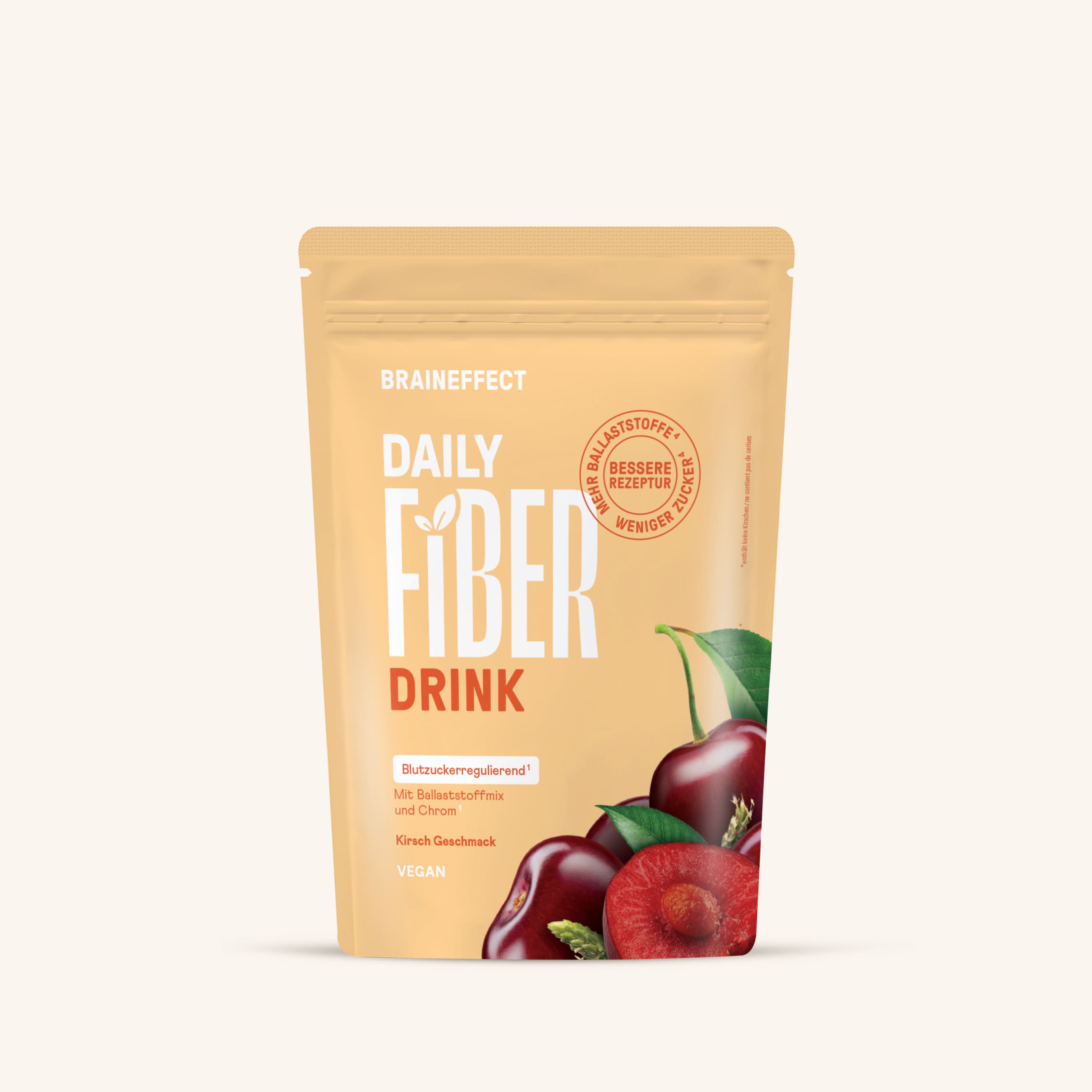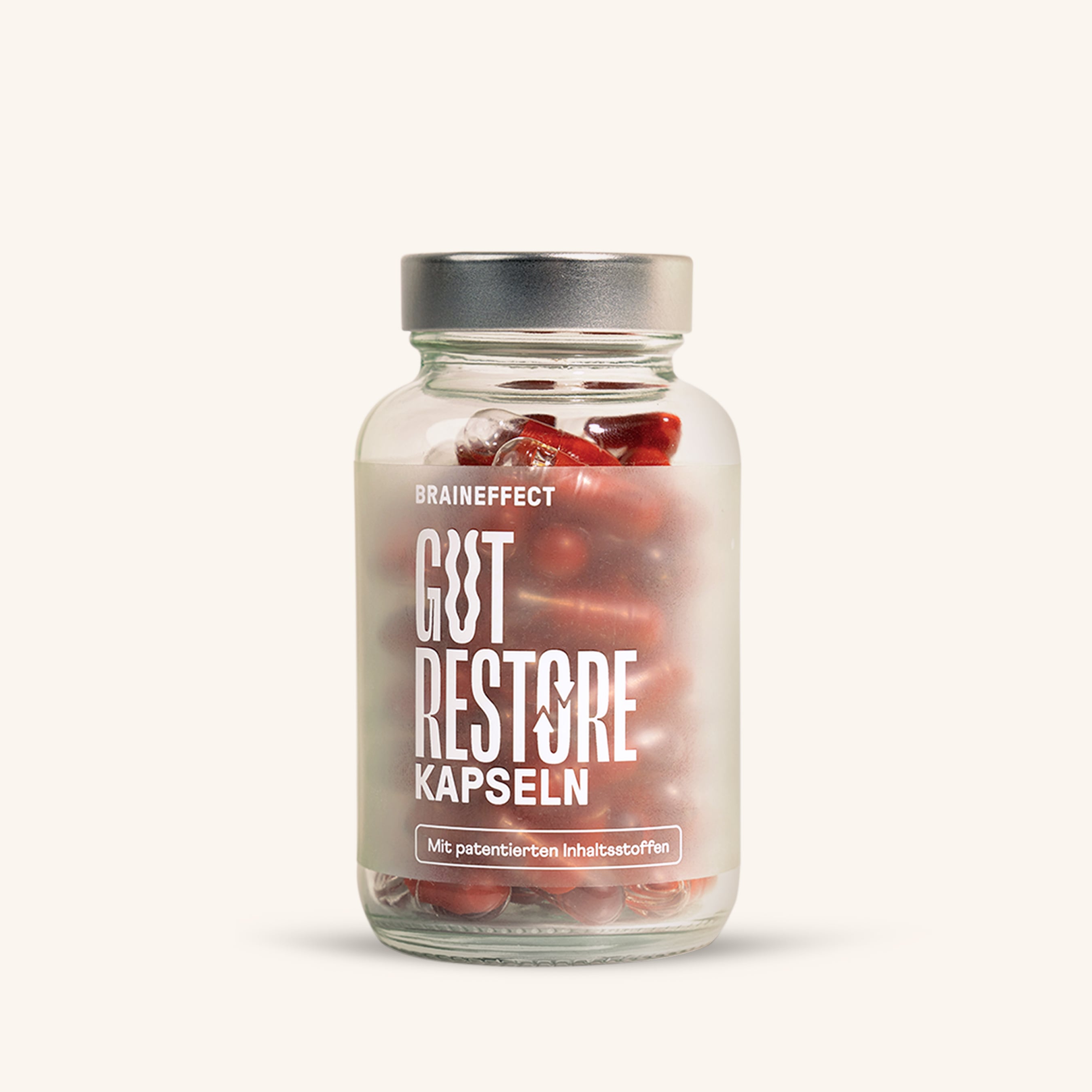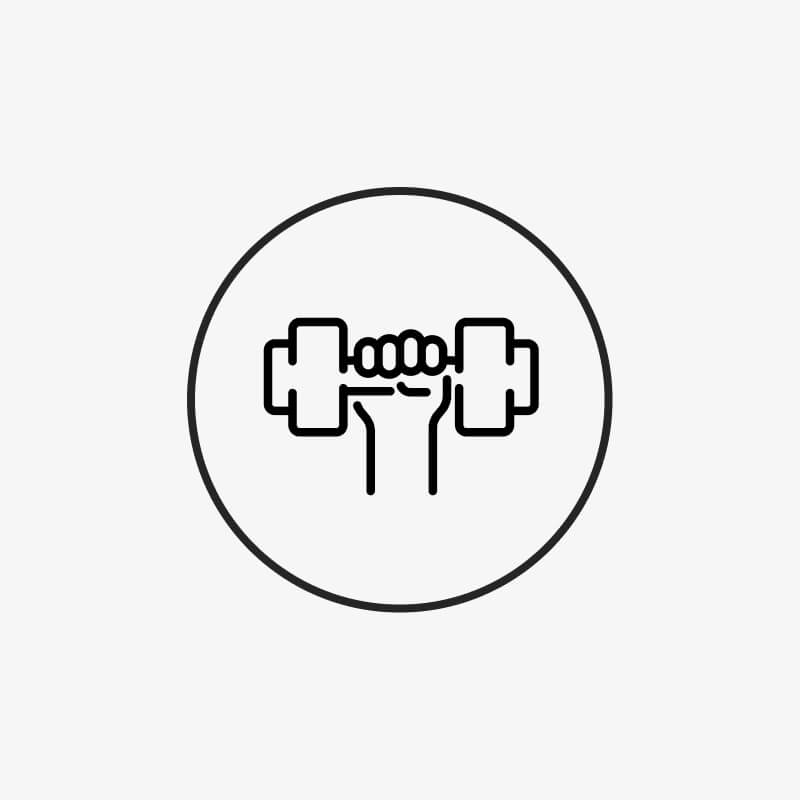Table of contents
1. Devil's tongue as the most important source of glucomannan
The Asian devil's tongue may also be known to hobby gardeners by its botanical name "Amorphophallus konjac." It belongs to the Araceae family, which is primarily found in the tropics.
The plant consists of an orchid-like flower, a sturdy green stem, and a tuber located in the soil. Tubers function as storage organs in the plant kingdom: safely protected, they absorb, store, and produce the most important nutrients.
The tuber of the devil's tongue strongly resembles a ginger root and is also known as "konjac root" (konjac, Japanese: konyaku). Among other nutrients, glucomannans are produced here. In fact, devil's tongue is the most important known source of glucomannan for human consumption.
The dry rhizome of the devil's tongue plant alone contains around 40% glucomannan! For industrial processing, the root is ground to produce konjac powder or konjac flour , which is primarily used in the production of Asian noodles.
2. How glucomannan from the konjac root works in our body
The konjac root consists largely of starch, cellulose, and fiber-rich glucomannan . In fact, devil's tongue flour contains a whopping 92 g of fiber per 100 g . Fiber is an indigestible carbohydrate polymer or fiber found exclusively in plant-based foods.
Contrary to what their name suggests, they are extremely important for our bodies. They are largely indigestible , primarily because our digestive tract lacks the appropriate enzymes or transport proteins to metabolize them.
Like other dietary fiber, glucomannan initially remains in the digestive tract after consumption and is not absorbed by the mucous membranes. Since konjac has the highest known water-binding capacity of any natural product , it can bind 50 times its own mass of water.
When other foods enter the digestive tract, their liquid is bound by glucomannan. A solid gel is formed. The gel-like food thus takes up significantly more space in the stomach.
As a result, the intestine also becomes bloated. The resulting pressure on the intestinal walls can lead to earlier excretion. Since glucomannan also binds other nutrients, it can also improve stool quality.
3. Can you lose weight with devil's tongue powder?
The expansion of the stomach sac caused by the swollen glucomannan also inhibits the production of the appetite-stimulating hormone ghrelin. If daily calorie intake is reduced at the same time, consuming glucomannan can lead to weight loss .
However, this only applies if at least 3 g of glucomannan is taken daily . Ideally, the amount should be divided into three 1-g portions, each taken with two to three glasses of water before meals [1]. In some older, small-scale studies, glucomannan has also been linked to an anti-constipation effect [2] [3].
4. Can you lose weight with devil's tongue powder?
There are many ways to incorporate konjac powder or konjac flour into your daily routine. The easiest, of course, is to buy ready-made products containing glucomannan. In Europe , glucomannan is approved as a food additive , but is subject to certain quantity restrictions [4].
Asian shirataki noodles, in particular, contain high levels of glucomannan, as it is an integral part of their traditional recipe. These can be purchased in Asian supermarkets or larger discount stores.
Because konjac powder is a good alternative to flour, it is also becoming increasingly popular in gluten-free and low-calorie cooking . For comparison: konjac flour, at 187 kcal/100 g, is significantly lower in calories than wheat flour, which has 328 kcal/100 g.
Konjac powder can also be a great ingredient in smoothies. Oatmeal often serves as a filling and fiber source in these, but at 350 kcal/100 g, it also has significantly more calories than glucomannan.
Especially those who have little time in the morning and prefer to have breakfast on the go or in the office will benefit from a delicious fruit smoothie with glucomannan.
5. Satiety capsules with konjac powder
To benefit from the satiating effect of konjac powder, many people rely on the powder in its raw form alongside a low-calorie diet. This involves taking 1 g of konjac powder three times a day with one to three glasses of water.
However, this procedure is not really practical, as small doses of the loose powder always have to be carried with you, especially when taking it in the office or on the go.
A good and uncomplicated alternative, alongside a low-calorie diet, are ready-made satiety capsules with konjac powder . In addition to being easier to take, there's no need to weigh the powder, as all capsules contain the same dosage .
Proper dosage is particularly important for satiety agents, as a low dosage reduces the effect and too high a dosage can lead to a feeling of fullness or bloating.
6. Tips for taking konjac capsules correctly
Adequate water intake is also important when taking konjac capsules. Just like the loose powder, high-dose konjac capsules are taken three times a day.
However, if you've chosen a low-dose product, you may need to take it more frequently. Ideally, you should always take it at least 30 minutes before your next meal .
If you have severe difficulty swallowing due to a cold, you should avoid taking tablets and capsules if in doubt. Swallowing the hard capsule could be too painful.
However, if you still want to continue taking the capsules, you can simply cut open your konjac capsules with a knife and take the powder without the capsule shell.
Compared to mostly synthetic appetite suppressants, satiety capsules with konjac also have the decisive advantage of not unnecessarily burdening the body with chemicals.
Anyone interested in taking a holistic satiety remedy will find konjac capsules a practical and well-tolerated alternative to pharmaceutical preparations.
For maximum effectiveness, natural satiety capsules should have a particularly high glucomannan content . Visit our shop and discover konjac capsules made from 95% glucomannan. Like all our products, they are vegan, free from unnecessary additives, and bottled by a small family business in Germany.
7. Sources
[1] EFSA Panel on Dietetic Products, Nutrition and Allergies (NDA) (2010), Scientific Opinion on the substantiation of health claims related to konjac mannan (glucomannan) and reduction of body weight (ID 854, 1556, 3725), reduction of post-prandial glycaemic responses (ID 1559), maintenance of normal blood glucose concentrations (ID 835, 3724), maintenance of normal (fasting) blood concentrations of triglycerides (ID 3217), maintenance of normal blood cholesterol concentrations (ID 3100, 3217), maintenance of normal bowel function (ID 834, 1557, 3901) and decreasing potentially pathogenic gastrointestinal microorganisms (ID 1558) according to Article 13(1) of Regulation (EC) No 1924/2006, ESFA Journal, Vol. 8, Issue 10, p. 1-27.
[2] Passaretti, S., Franzoni, M., Cominm U., Donzelli, R., Rocca, F., Colombo E., Ferrara A., Dinelli M., Prada A., Curzio M. et al. (1991), Action of glucomannans on complaints in patients affected with chronic constipation: a multicentric clinical evaluation, Italian Journal of gastroenterology, Vol. 23, Issue 7. [https://www.ncbi.nlm.nih.gov/pubmed/2547312]
[3] Marzio, L., Del Bianco R., Donne MD., Pieramico O., Cuccurullo F. (1989), American Jorunal of Gastroenterology, Mouth-to-cecum transit time in patients affected by chronic constipation: effect of glucomannan, Vol. 84, Issue 8. [https://www.ncbi.nlm.nih.gov/pubmed/2547312]
[4] Official Journal of the European Commission (2011), Non-legislative acts, COMMISSION REGULATION (EU) No 1129/2011 amending Annex II to Regulation (EC) No 1333/2008 of the European Parliament and of the Council as regards a European Union list of food additives, E 425 Konjac. [https://eur-lex.europa.eu/legal-content/EN/TXT/PDF/?uri=uriserv:OJ.L_.2011.295.01.0001.01.DEU].
